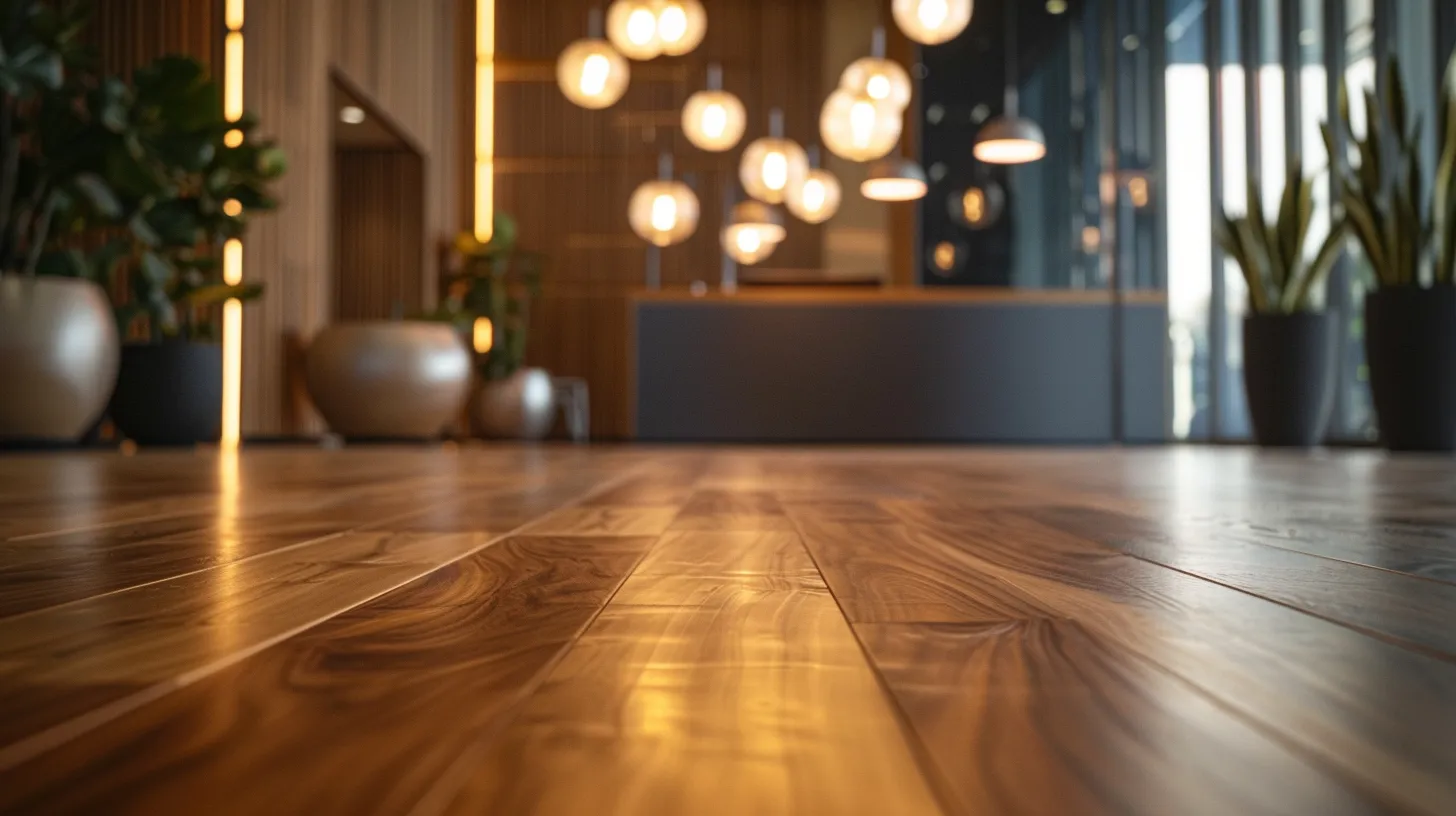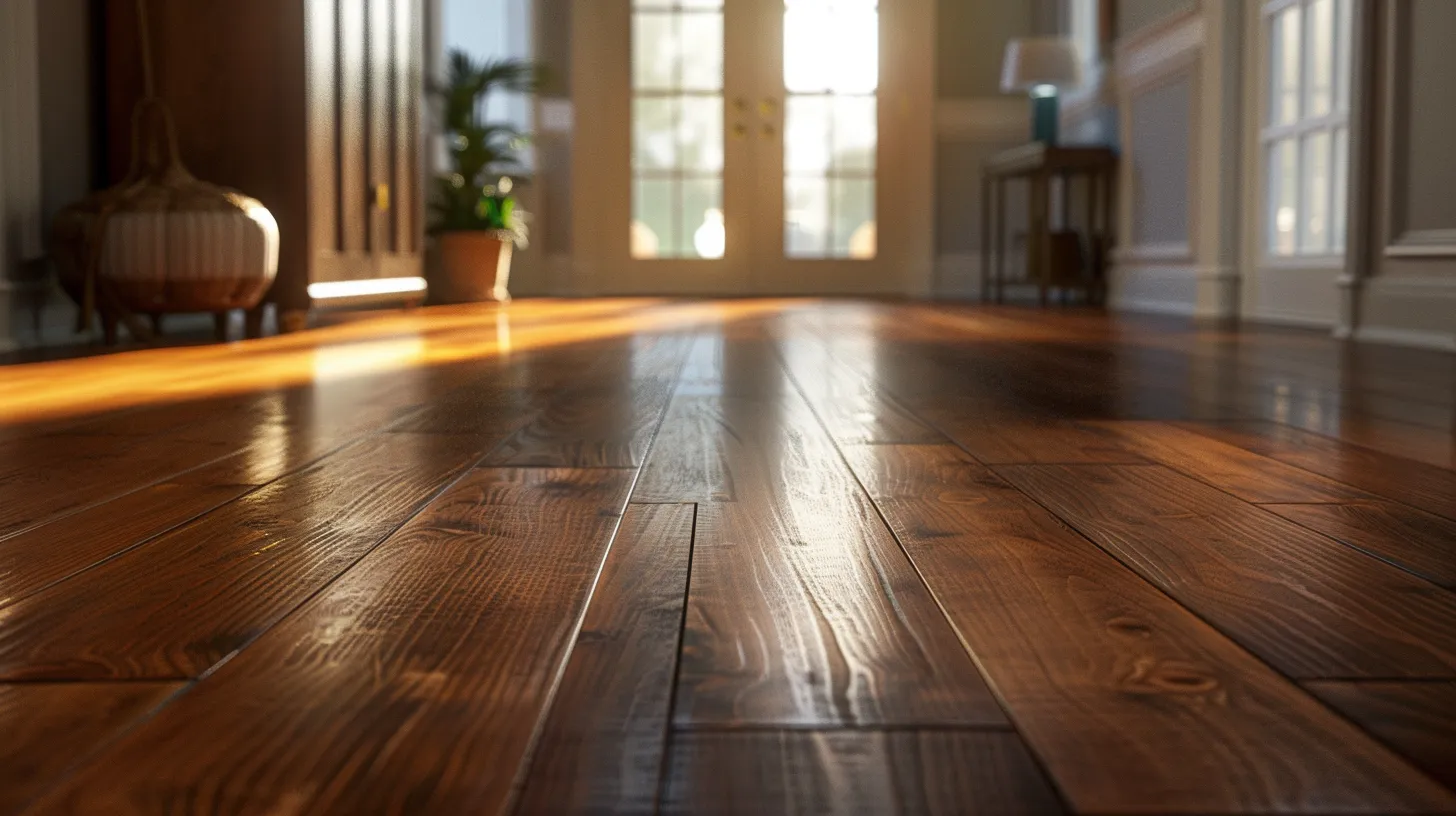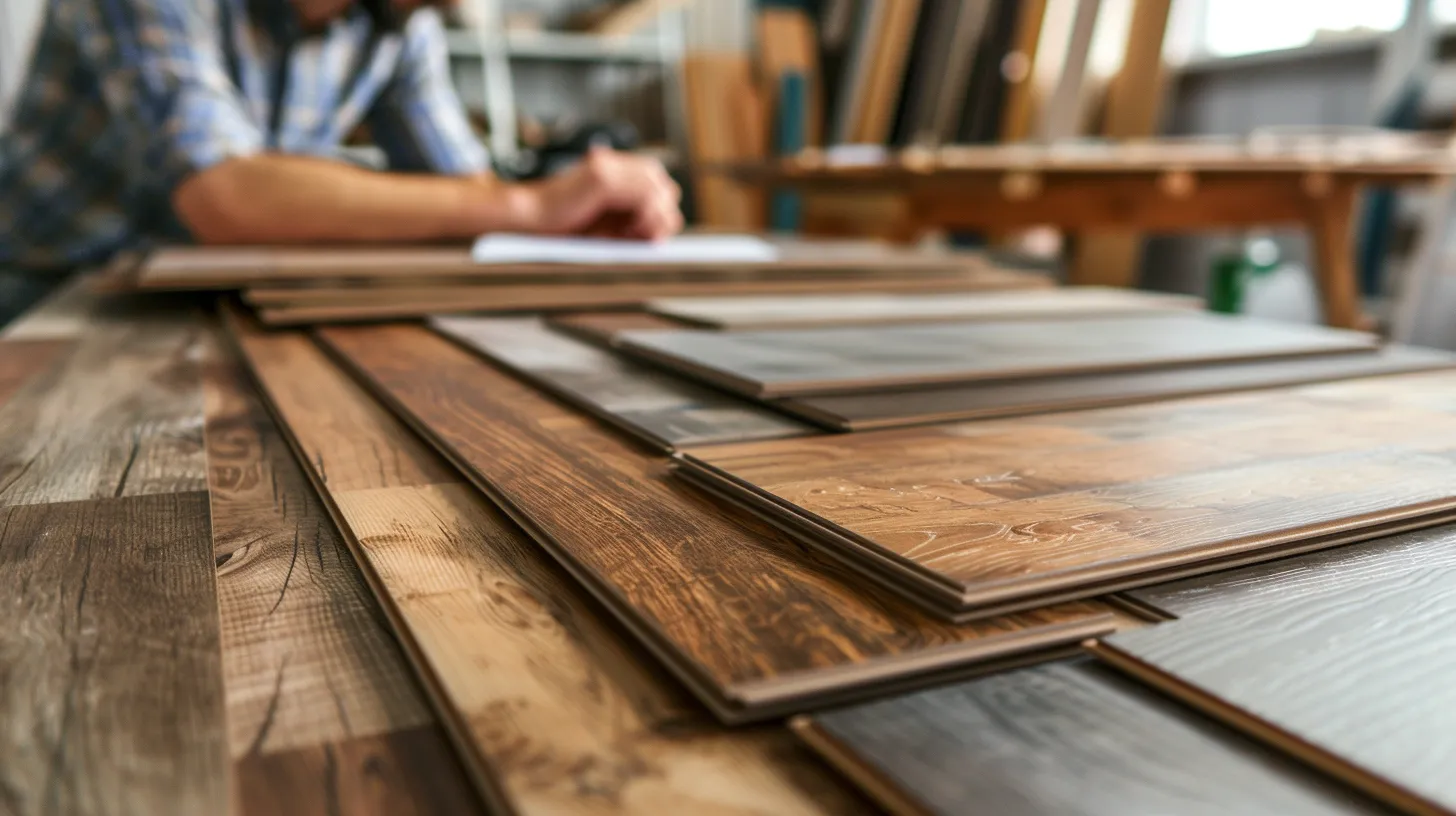When planning home improvements, budgeting is crucial to ensuring your project stays on track—especially when it comes to flooring, which can significantly impact both the look and value of your home.
Understanding flooring costs and knowing how to allocate your budget wisely can help you make informed decisions, whether you’re going for hardwood, tile, vinyl, or carpet.
In this guide, we’ll provide savvy tips for budgeting for home improvements, covering material costs, installation fees, and how to get the best value for your investment.
Want to Upgrade Your Home? Learn the Secrets of Budgeting for Home Improvements
Evaluating Your Flooring Needs
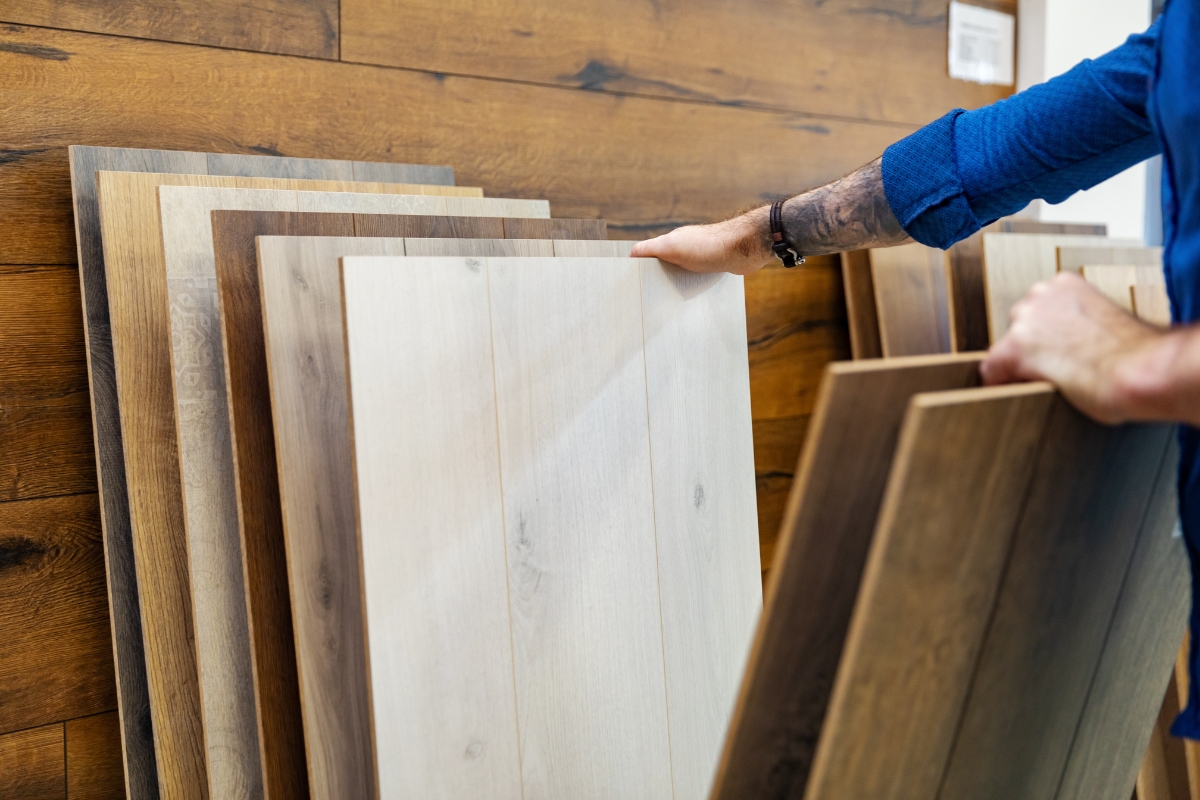
Evaluating your flooring needs is an important first step before selecting the right material for your space. Begin by considering the function of each room.
High-traffic areas like hallways, kitchens, or entryways require durable and easy-to-maintain options like tile, vinyl, or laminate, which can handle wear and tear, resist stains, and are simple to clean. These materials are particularly effective in homes with frequent foot traffic or in spaces prone to spills and messes.
On the other hand, for rooms that prioritize comfort—such as bedrooms or living rooms—carpet or hardwood may be preferable for their warmth and aesthetic appeal. If comfort is key but durability is still a factor, engineered wood or cork could serve as a good compromise.
It’s also essential to factor in lifestyle considerations, especially if you have pets or young children. In these cases, scratch-resistant and waterproof flooring options, such as luxury vinyl planks or ceramic tile, will stand up to daily wear.
Additionally, your home’s existing design elements—like wall colors, cabinetry, and furniture—should guide your choice to ensure the flooring enhances and complements the overall look.
Setting a Realistic Budget

Setting a realistic budget for your flooring project is a critical step in ensuring that your renovation stays on track. Start by calculating the total square footage of the area you plan to renovate, as flooring costs are typically measured per square foot.
Be sure to account for not only the cost of the flooring materials but also additional elements such as installation labor, the removal of any existing flooring, and the need for underlayment, trim, or baseboards.
Researching various types of flooring will help you understand the price range for each material. Hardwood, for instance, tends to be more expensive than options like vinyl or laminate, while ceramic or porcelain tiles may fall somewhere in between.
Don’t forget to factor in the durability and longevity of the material, as this could save money in the long term, even if the upfront cost is higher.
It’s also wise to consider market trends or seasonal promotions, as certain materials may be more affordable at different times of the year. Importantly, set aside a contingency fund—typically 10-15% of your total budget—to cover unexpected costs such as subfloor repairs or additional materials, which can arise during the renovation process.
Exploring Different Flooring Options
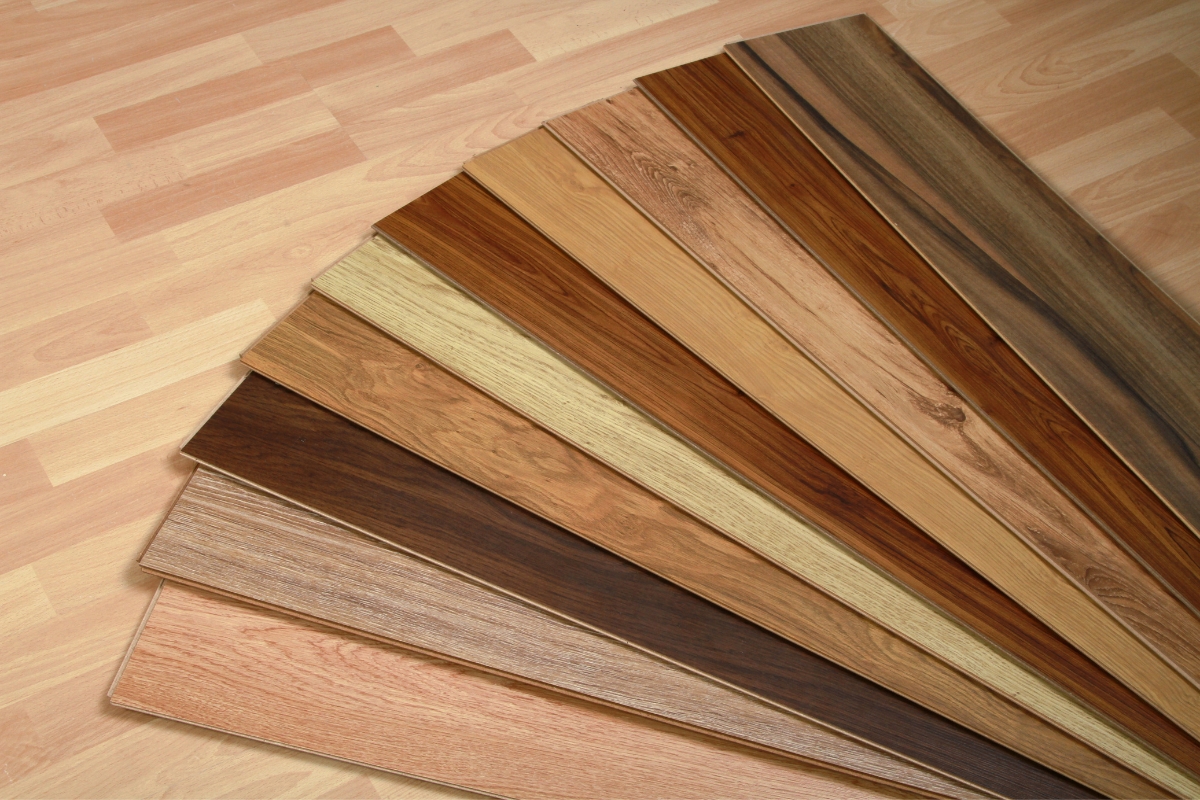
When exploring different flooring options, it’s important to consider both functionality and style to find the best fit for your space. Let’s dive deeper into some of the most popular choices:
- Hardwood: This classic option provides a timeless, sophisticated look that appeals to many homeowners. Available in various species such as oak, maple, and walnut, hardwood offers natural grain patterns that enhance a room’s aesthetic. While it comes with a higher price tag, hardwood is an investment in durability. It can be refinished multiple times to maintain its beauty, making it ideal for long-term use. However, it may not be the best option for areas prone to moisture, like bathrooms.
- Laminate: A budget-friendly alternative to hardwood, laminate flooring replicates the appearance of wood while offering increased resistance to scratches and dents. It’s particularly useful for households with pets or children. While not suitable for very wet areas, its affordability and easy maintenance make it an appealing choice for many.
- Tiles: Known for their water resistance and durability, tiles are a top contender for kitchens, bathrooms, and entryways. Ceramic and porcelain tiles are widely popular due to their versatility in design, offering various colors, textures, and sizes. Natural stone tiles such as marble or slate bring luxury but may require more upkeep, including sealing.
- Vinyl: Vinyl has evolved significantly in both style and performance. Luxury vinyl planks (LVP) and luxury vinyl tiles (LVT) mimic the appearance of hardwood or stone but are more affordable and waterproof, making them ideal for high-moisture areas. Additionally, vinyl flooring provides comfort underfoot and is available in glue-down or click-lock installation formats.
- By evaluating these flooring options, you can align your choice with your aesthetic preferences, budget, and the specific requirements of each space, ensuring a balanced blend of beauty and practicality.
Cost-Effective Alternatives to Traditional Flooring
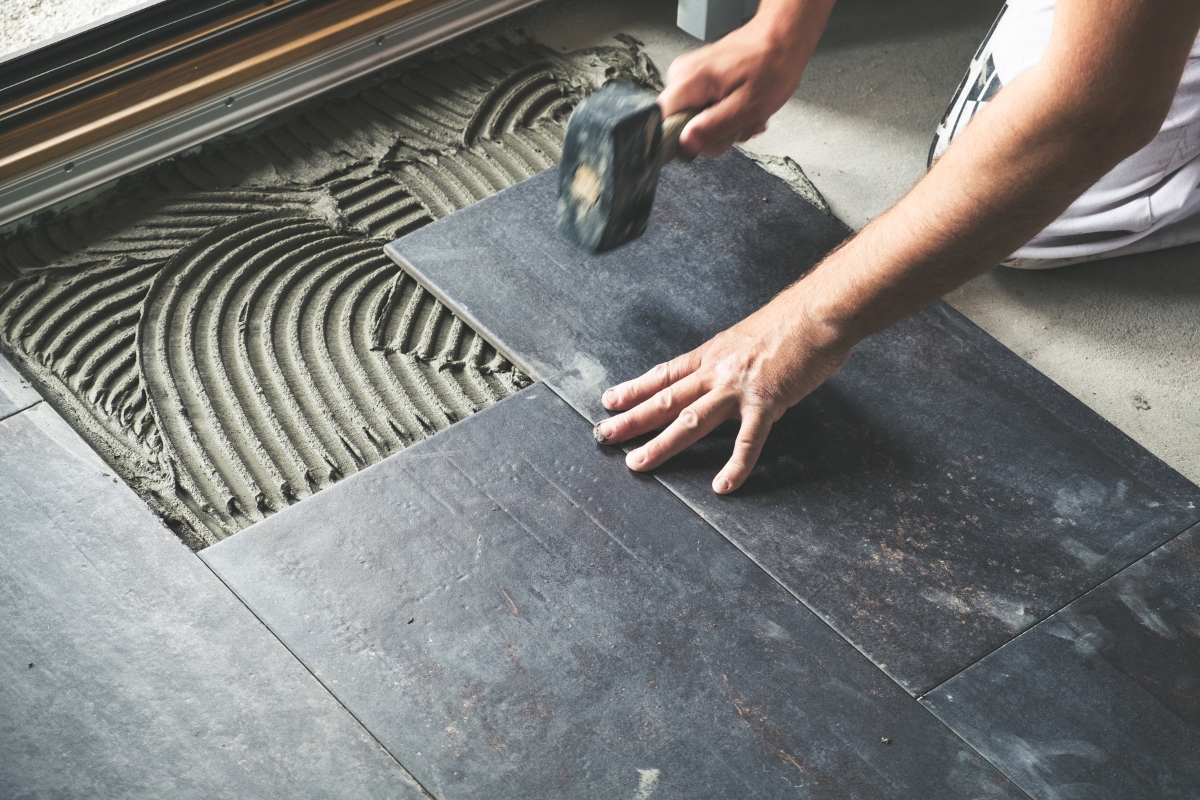
When it comes to finding cost-effective flooring alternatives, there are several high-quality options that can offer both style and durability at a fraction of the cost of traditional materials.
- Cork is an excellent choice for those seeking an eco-friendly option. Harvested from the bark of cork oak trees, it’s a renewable resource that provides natural insulation and soundproofing. Cork flooring is soft underfoot, making it comfortable for long periods of standing, while also being resilient enough to handle heavy traffic areas like kitchens or living rooms.
- Bamboo is another sustainable material gaining popularity due to its affordability and aesthetic similarity to hardwood. Bamboo is fast-growing and highly renewable, making it both a green and budget-friendly option. It’s also durable, with a resistance to moisture that makes it a good fit for areas like kitchens or entryways.
- Engineered Wood offers the look of hardwood without the hefty price. It’s made from layers of real wood veneer bonded over a plywood core, making it more stable in varying temperature and humidity conditions than traditional hardwood. This makes engineered wood a great choice for areas like basements or other spaces where solid hardwood might not perform well.
- Carpet Tiles offer versatility and affordability. These tiles come in a variety of patterns, colors, and textures, allowing for creativity in design. They’re especially useful in areas prone to spills or wear, as individual tiles can be easily replaced without redoing the entire floor.
These alternatives are not only budget-friendly but also offer a range of functional benefits, making them perfect for homeowners seeking a balance between style, sustainability, and cost-efficiency.
Calculating Installation Costs
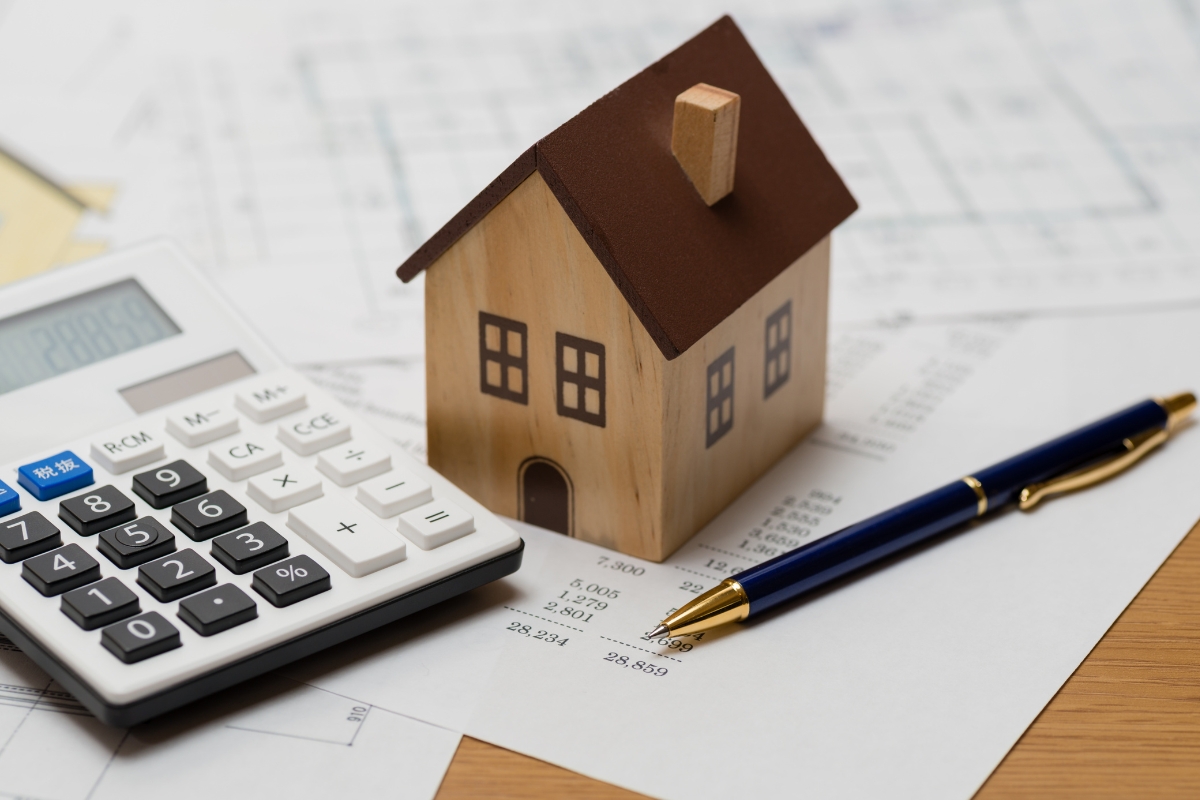
When calculating installation costs for flooring, it’s important to consider several factors beyond just the price of the material itself. Installation costs can vary based on several elements such as the type of flooring, the condition of the subfloor, the room’s size, and any additional services required, such as moving furniture or removing the old flooring.
If you’re planning to hire a contractor, it’s a good idea to obtain quotes from multiple professionals. Not only will this allow you to compare costs, but it also ensures you get the best quality service within your budget.
When reviewing quotes, check if they include details like underlayment installation, subfloor preparation, or trim and finishing work, as these services can add to the total cost. Always prioritize hiring licensed and insured installers, even if they charge more, as quality workmanship is crucial for the longevity of your flooring.
For those opting to take on a DIY home renovation project, the potential for cost savings is significant, but you should be mindful of the level of skill required for each type of flooring. Some materials, like laminate or vinyl planks, may be easier for DIYers due to their click-and-lock mechanisms, while others, like hardwood or tile, can require more precision and experience. Be prepared to invest time in learning techniques or consulting experts to avoid costly mistakes down the line.
Moreover, don’t forget to budget for tools and supplies like spacers, underlayment, adhesives, and floor leveling compounds if needed. These additional home renovation budget expenses can accumulate, so it’s essential to plan comprehensively.
Leveraging Seasonal Sales and Promotions

To maximize your savings, keep an eye out for seasonal sales and promotions offered by flooring retailers. Many stores offer discounts during specific times of the year or when new product lines are introduced.
The best times to find flooring deals are typically during holiday sales, such as Black Friday, Labor Day, or Memorial Day. Additionally, new inventory is often introduced at the start of spring, making winter months a prime time for clearance deals on last season’s stock.
Plan your home improvement project around these sales to take advantage of lower prices. Timing your purchase during these promotional periods could save you a significant amount on high-quality flooring options like hardwood, tile, or luxury vinyl planks.
It’s also worth keeping an eye out for bundle deals, where retailers offer discounts on underlayment, installation materials, or even free shipping alongside the flooring purchase.
However, be mindful of quality; don’t compromise on materials or workmanship solely for the sake of a discount. Opting for cheaper, lower-grade flooring may result in higher maintenance costs and potential replacement sooner than anticipated.
Always ensure that the discounted flooring meets your standards for durability and aesthetics, and verify any warranties or return policies associated with promotional products. This way, you can confidently balance savings with long-term satisfaction.
Negotiating with Contractors for Better Deals

If you decide to hire professionals for your flooring installation, don’t hesitate to negotiate for better deals. Obtain multiple quotes from different contractors and use them as leverage during negotiations. By comparing quotes, you’ll gain a clearer understanding of the going rates in your area and be better positioned to request adjustments in pricing or service packages.
Ask about any potential discounts or special offers they may have available. Some contractors may be willing to reduce their prices or include additional services at no extra cost to secure your business.
For example, they might offer free removal of old flooring, discounted materials, or complementary subfloor preparation. Bundling services, such as installation and post-installation clean-up, can also provide more value without increasing costs significantly.
Remember that communication is key when negotiating. Clearly communicate your budget constraints and expectations to ensure both parties are on the same page before moving forward with the project. Establishing a good rapport with the contractor can lead to better flexibility in pricing or added perks.
Contractors may also offer financing options or staggered payments to accommodate your financial situation, so it’s always worth asking about these alternatives. By maintaining a transparent and respectful dialogue, you increase the likelihood of securing a deal that aligns with both your home remodeling budget and quality expectations.
Maintaining Your New Flooring Investment
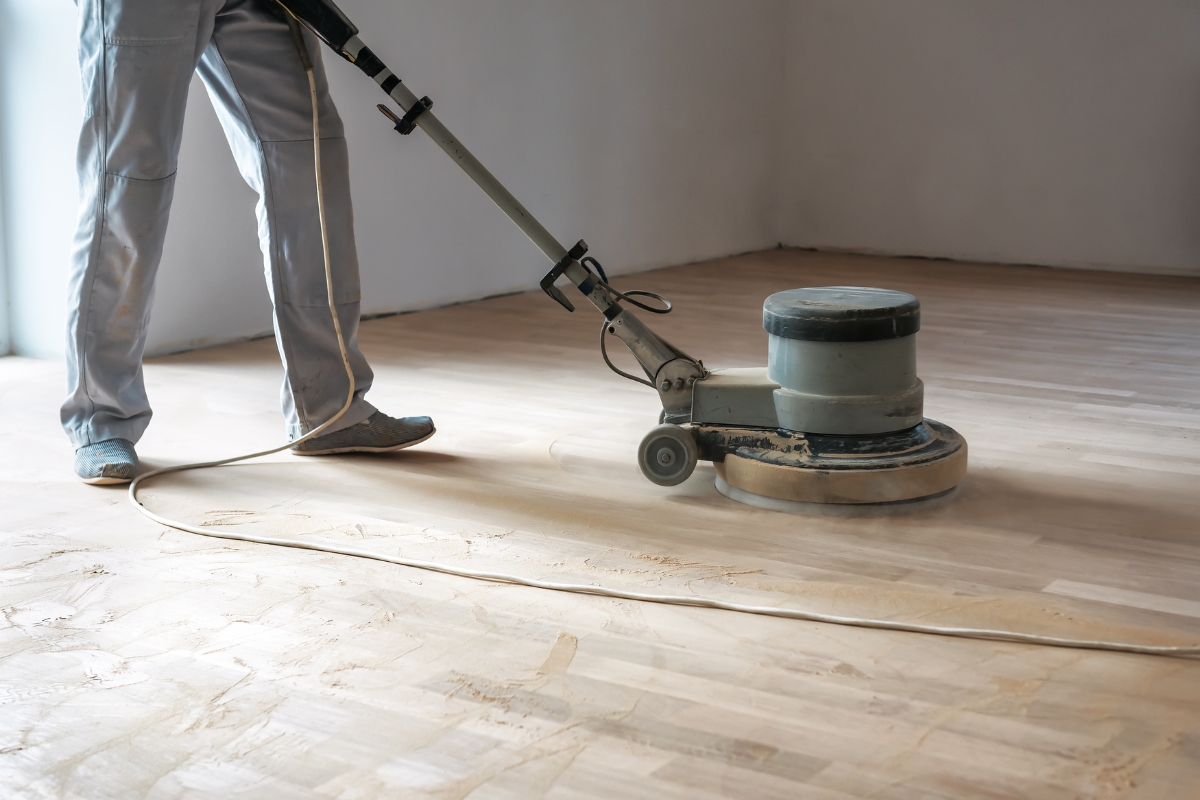
Caring for your new floors properly can extend their lifespan and save you money in the long run. Follow these home maintenance tips:
- Regular Cleaning: Vacuum or sweep your floors regularly to remove dirt and debris that can cause scratches and wear. Use a microfiber mop to clean up dust, and always opt for cleaning products that are recommended for your specific flooring material to avoid damage from harsh chemicals.
- Use Protective Measures: Place doormats at all entrances to reduce the dirt and moisture tracked onto your floors. Additionally, use furniture pads under table legs and chairs to prevent scratches or dents when moving items around. For high-traffic areas, consider using rugs to minimize wear and tear.
- Avoid Excessive Moisture: For flooring types like wood, laminate, or engineered materials, excessive moisture can lead to warping or swelling. Be sure to wipe up spills promptly and use water-resistant mats in areas like kitchens or bathrooms to protect your floors from water damage.
- Follow Manufacturer’s Guidelines: Every flooring material comes with specific care instructions from the manufacturer. Following these guidelines ensures you’re using the right cleaning products and techniques, which can prolong the lifespan of your floors and keep them looking pristine.
- Use Rugs and Mats in High-Risk Areas: To provide extra protection in areas where spills or dirt are common, like entryways, kitchens, and bathrooms, use mats or rugs. This simple step can help shield your floors from damage and reduce the need for frequent repairs or replacements.
By following these simple steps, you can protect your flooring investment and keep it looking great for years to come!
Conclusion: Achieving Your Dream Floors Within Your Home Renovation Project Budget
Budgeting for home improvements, especially when it comes to flooring costs, requires careful planning and consideration. When it comes to budgeting for your home flooring improvements, Diaz Hardwood Floors offers high-quality solutions that fit both your style and your budget.
Our expert team is ready to help you achieve the perfect look for your space without breaking the bank. Contact us today at 404-791-0444 or get a free project quote on our website and let us bring your flooring vision to life with craftsmanship you can trust.




